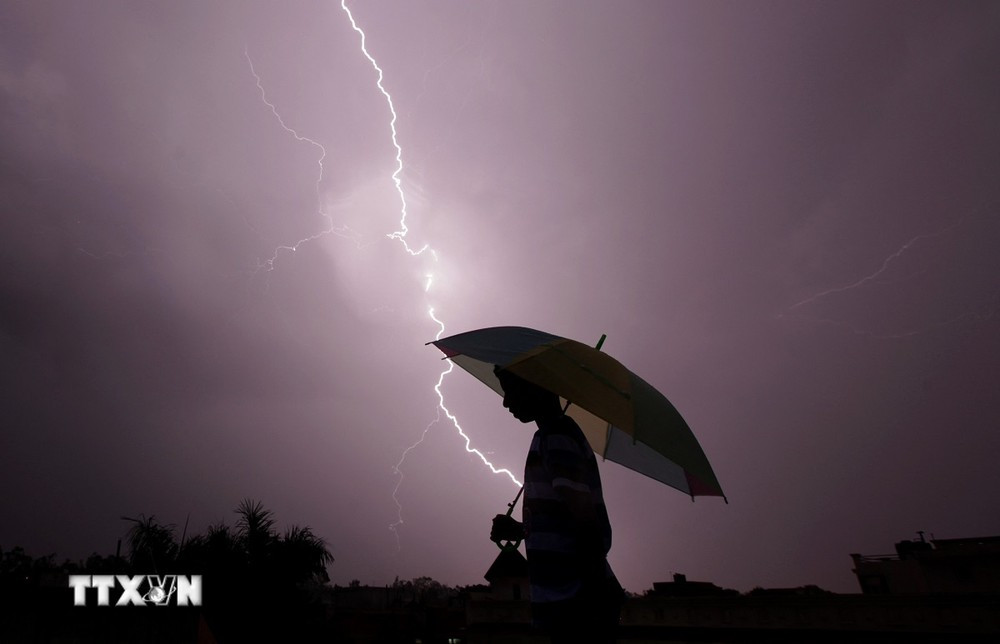According to the Singapore Environment Agency, there are 175 days of lightning in Singapore each year, which means lightning strikes almost every two days.

Singapore is becoming a "candidate" to be the "lightning capital" of the world as this Southeast Asian country is one of the countries that records the highest rate of lightning.
Lightning is a large electrical flash caused by a difference in electrical charge between thunderstorm clouds and the ground, or within clouds.
According to the Singapore Environment Agency, there are 175 days of lightning in Singapore each year, which means lightning strikes almost every two days.
About 20% of lightning strikes the ground, and this phenomenon poses a risk to people and infrastructure.
In Singapore, thunderstorms occur year-round, originating from two weather systems that bring heavy rain.
First, inland thunderstorms are caused by winds that carry moisture from the sea to the mainland. The moist air combines with the hot air on land caused by the heat and under unstable conditions, forming thunderstorms.
Second, the Sumatran thunderstorm is a band of thunderstorms that moves towards Singapore after forming and developing over Sumatra island or the Strait of Malacca.
“In general, climate change is likely to increase the frequency of lightning strikes due to increased convection and more moisture in the atmosphere,” said Professor Steve Yim from the Asian School of the Environment, Nanyang Technological University.
In theory, soaring temperatures around the world due to climate change could increase the likelihood of thunderstorms. A warmer atmosphere holds more moisture, about 7% more moisture for every 1 degree Celsius of warming, according to the Royal Meteorological Society.
In 2014, scientists from the University of California, Berkeley and the State University of New York predicted that the number of lightning strikes in the United States would increase by about 12 percent for every degree increase in global average temperature.
Professor Steve Yim argues that the tropics will need to release more energy as the layer of atmosphere closest to the Earth's surface warms.
This could lead to more lightning, he said, as convection currents – thermal cycles caused by temperature differences – become more frequent. However, Professor Steve Yim said there were still uncertainties in the models to account for the interaction between aerosols and clouds, affecting the accuracy of lightning forecasts.
TB (according to VNA)